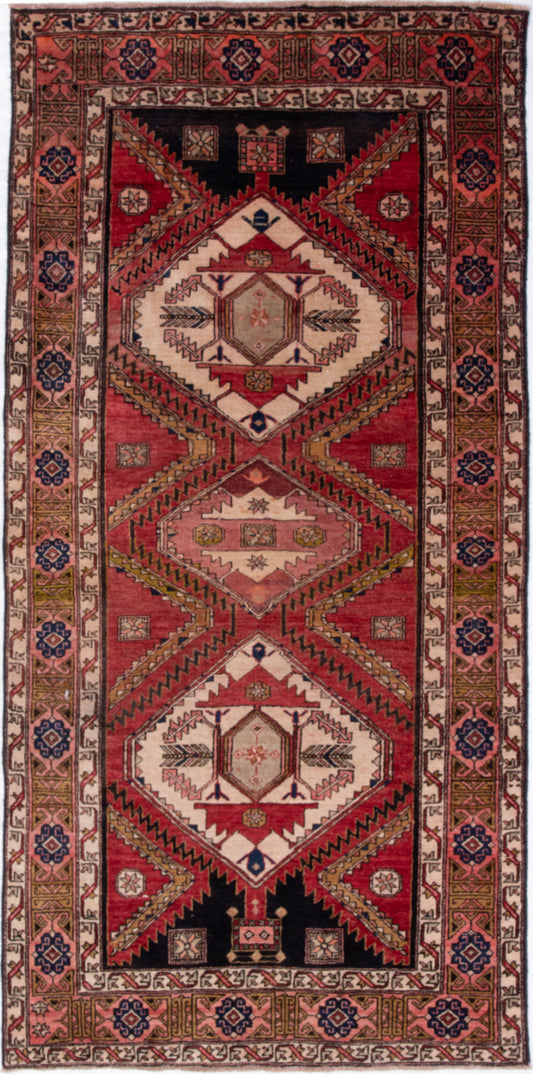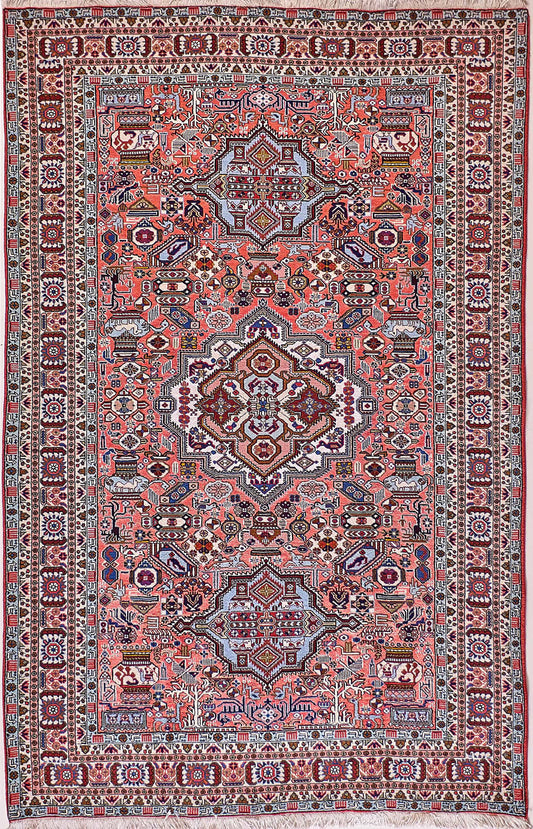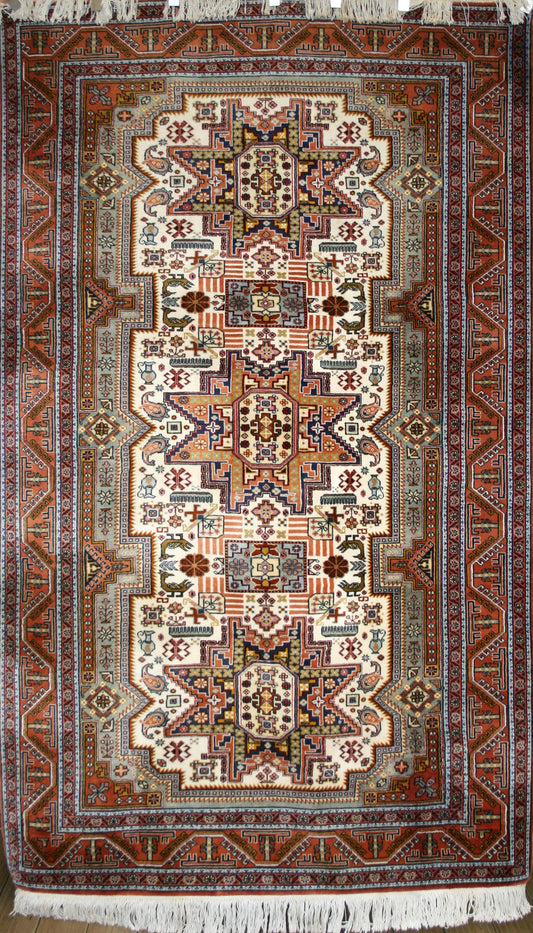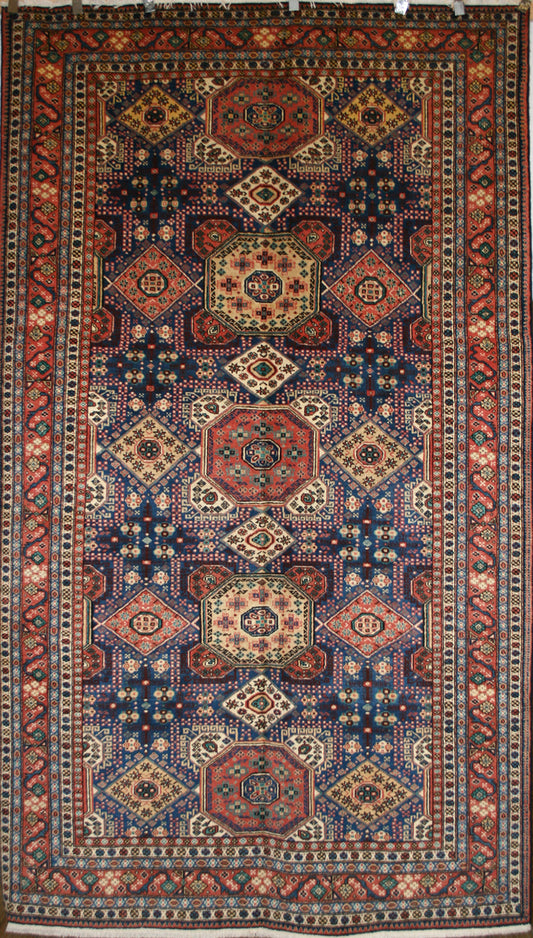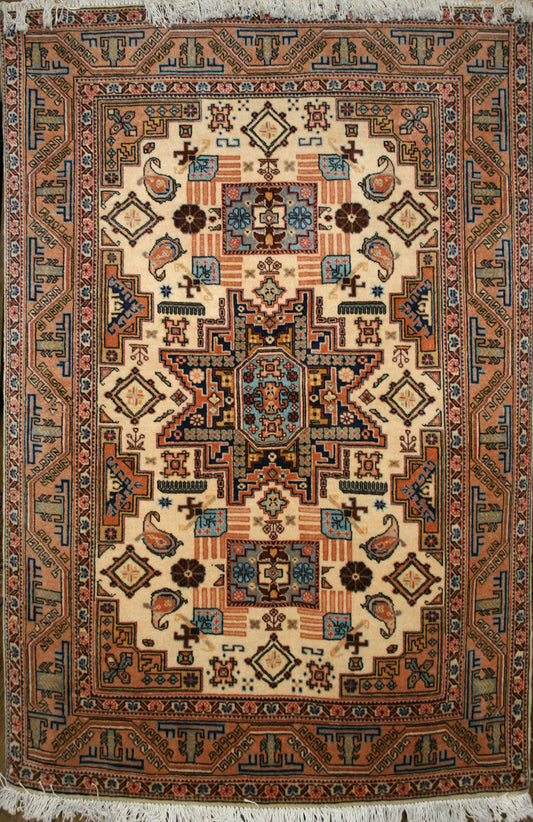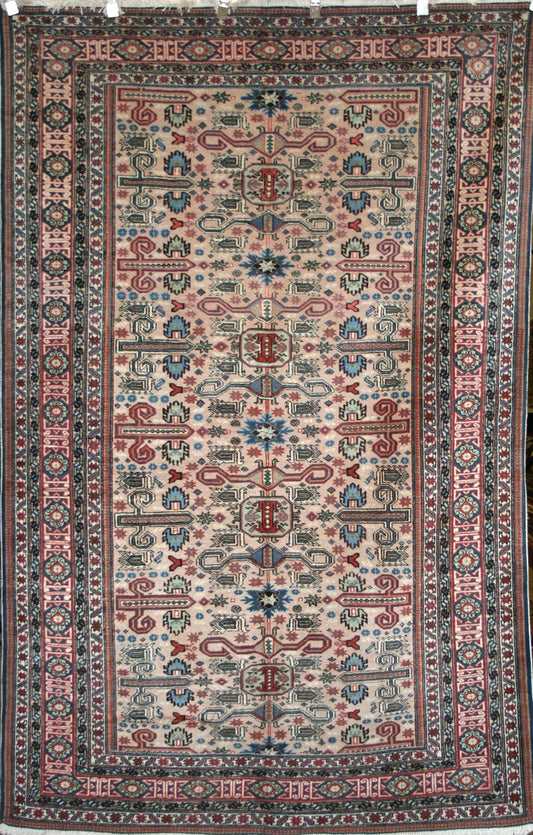Ardabil Rug History & Origin Guide
The Ultimate Guide to Ardabil Rugs: A Rich History and Timeless Elegance
Discover the allure of Ardabil rugs, from their illustrious history to their intricate designs
Table of Contents
- Introduction
- History of Ardabil
- The Golden Age of Persian Carpet Making in Ardabil
- Ardabil Rug Designs
- Colours and Materials of Ardabil Rugs
- Knotting Details and Craftsmanship
- Famous Ardabil Weavers and Workshops
- Ardabil: A Cultural and Artistic Hub
- Conclusion
1. Introduction
Welcome to the world of Ardabil rugs (sometimes referred to as Ardebil rugs), where the rich history of the region and the skill of its master weavers come together to create some of the most exquisite carpets in the world.
2. History of Ardabil
Located in north-west Iran, Ardabil is a town steeped in history and known for its longstanding tradition of Persian carpet weaving. The town is also home to the shrine of the Sufi saint, Safi al-Din Ardabili, who died in 1334. Safi al-Din Ardabili was a Sufi leader who trained his followers in Islamic mystic practices, and his influence can still be seen in the town today.
3. The Golden Age of Persian Carpet Making in Ardabil
The reign of the Safavid dynasty during the 16th and 17th centuries represented the peak of Persian carpet making in Ardabil. Under the patronage of Shah Abbas I, the Safavid ruler, the production of carpets flourished, leading to the creation of some of the most iconic and highly sought-after rugs in the world, such as the Ardabil Carpet.
4. Ardabil Rug Designs
Ardabil rugs often feature the famous Herati design, which consists of a central diamond medallion and small fish throughout. This design is considered one of the most elegant and desired in the industry. Another design that can be found on rugs from Ardabil is the Sheikh Safi design, inspired by the mosque plan of Sheikh Safi, the ancestor and founder of the Safavides.
5. Colours and Materials of Ardabil Rugs
The materials used to make rugs in Ardabil are typically sheep's wool for the pile and cotton for the warp. This combination of wool and cotton is considered one of the best for making carpets, as the cotton provides a strong foundation, while the wool gives the rug a soft and durable outer look. Occasionally, Ardabil rugs may also incorporate silk into the wool pile to highlight or create focal points in the rug's design.
6. Knotting Details and Craftsmanship
The knotting details of rugs from Ardabil can vary, but some examples of famous rugs from the area have a high knot count. For example, the Ardabil Carpet has 340 knots per square inch (5300 knots per ten centimeters square), allowing for the inclusion of an intricate design and pattern. In comparison, a commercial rug today averages 80-160 knots per square inch.
7. Famous Ardabil Weavers and Workshops
The town of Ardabil has been home to some of the most renowned weavers and workshops in the Persian rug industry. One of the most famous carpets from Ardabil, the Ardabil Carpet, is now housed in the Victoria and Albert Museum in London. This extraordinary piece is considered one of the world's oldest dated carpets and is a testament to the skill and artistry of Ardabil's master weavers.
8. Ardabil: A Cultural and Artistic Hub
In addition to its rich carpet weaving history, Ardabil is also known for its cultural and artistic events. The town's unique geographic location and climate make it an attractive destination for tourists and rug enthusiasts alike. Some popular tourist destinations in the region include the Sheikh Safi al-Din Khānegāh and Shrine Ensemble, a UNESCO World Heritage site, and the Ardabil Anthropology Museum, which showcases the history and culture of the area. Additionally, the town often hosts cultural events and festivals that celebrate its rich heritage and artistic traditions.
9. Conclusion
Ardabil rugs hold a special place in the world of Persian carpets, combining a rich history with timeless elegance and unparalleled craftsmanship. This guide has provided an overview of the history, designs, materials, and knotting details that make Ardabil rugs so unique and desirable. By understanding the intricacies and cultural significance of these rugs, collectors can appreciate the true value and beauty of Ardabil's masterpieces.
Browse Our Current Selection of Ardabil Rugs
-
Antique Persian Ardabil Rug
Regular price £1,475.00Regular priceUnit price per -
Semi-Antique Persian Ardabil Wool & Silk Rug
Regular price £2,395.00Regular priceUnit price per -
Persian Ardabil Rug
Regular price £2,495.00Regular priceUnit price per -
Semi-Antique Persian Ardabil Rug
Regular price £2,495.00Regular priceUnit price per£2,995.00Sale price £2,495.00Sale -
Persian Ardabil Rug
Regular price £1,975.00Regular priceUnit price per -
Persian Ardabil Runner Rug
Regular price £1,945.00Regular priceUnit price per -
Semi-Antique Persian Ardabil Rug
Regular price £1,495.00Regular priceUnit price per

